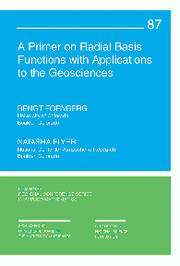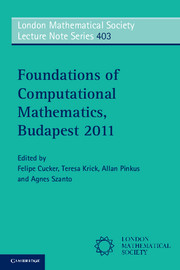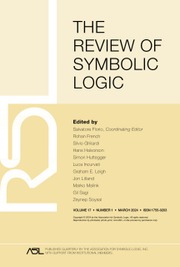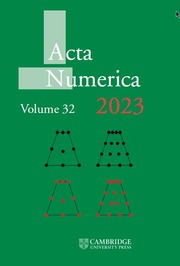A Primer on Radial Basis Functions with Applications to the Geosciences
Radial Basis Functions (RBFs) are a powerful numerical methodology for solving PDEs to high accuracy in any number of dimensions. The ability to apply RBFs to a wide range of problems, including fluid mechanics, wave motions and geosciences, makes them a vital tool for graduates and researchers specialising in many application areas, ranging from numerical analysis to geoscience. Using examples and heuristic explanations to generate a practical and intuitive perspective, this book addresses how, when, and why RBF-based methods work. The logical progression of the book, beginning with an introduction to finite difference (FD), ensures a comprehensive study of RBF-RD methods which are fast becoming a dominant methodology for numerical simulations in a wide range of applications. As the first book to survey RBF-FD methodology, the value this text brings to graduates and researchers is unparalleled.
- The first book to survey RBF-FD methods
- The methods within can be applied to numerical simulations in seismic exploration, climate modelling, and electromagnetics
- Suitable as a text for a one-semester first-year graduate course
Product details
December 2015Paperback
9781611974027
235 pages
251 × 173 × 13 mm
0.41kg
This item is not supplied by Cambridge University Press in your region. Please contact Soc for Industrial & Applied Mathematics for availability.
Table of Contents
- Preface
- 1. Brief summary of finite difference methods
- 2. Brief summary of pseudospectral methods
- 3. Introduction to radial basis functions
- 4. Global RBFs for solving PDEs
- 5. RBF-generated FD (RBF-FD) methods
- 6. Global RBF application to geo-modeling: limited-area domains
- 7. RBF-FD applications to geo-modeling: spherical domains
- 8. RBF-FD application to geo-modeling: limited-area domains
- A. Introduction to RBFs via cubic splines
- B. Spherical harmonics
- C. Some node distribution strategies
- D. Cartesian vector operators on a sphere
- Bibliography
- Index.









